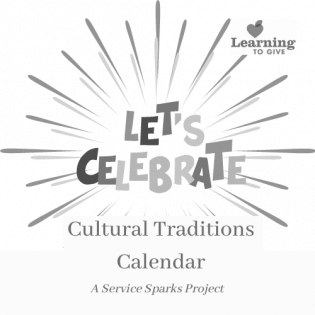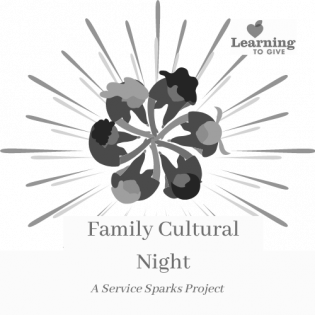This unit of four lessons uses stories and videos to illustrate the life of refugees. We compare refugees in World War II to refugees today, and design a way to support a local refugee individual/organization.
Filter by subjects:
Filter by grades:
Filter by audience:
Filter by issue area:
Filter by content type:
Filter by resource type:
resource search
In this activity participants learn that the power of caring and sharing can be stronger when there is more than one person acting philanthropically. This activity acts as a good energizer prior to developing a philanthropic team project.
Video Clip and Discussion Guide: Participants explore a variety of philanthropy behaviors as part of life-long action. They reflect on their philanthropic dreams and goals, focusing on what they can give and the difference they can make.
Participants learn about issues related to fair trade, fair labor practices, fast fashion, sustainability, and ethical consumerism. They consider ways to promote the common good by learning how their personal spending choices affect people across the world.
Discuss and debate the issues related to fast fashion, its impact on people and the planet, and how the issue can be addressed to promote responsibility and the common good.
Expanding on the lesson about critical conversations, participants explore ways to use their voices for good. The book Say Something by Peter Reynolds encourages readers to find their own way to express their voice - through speaking, poetry, song, and other ways.
Young people discuss and debate the issues related to ethical consumerism and the common good, and consider how their spending habits reflect their values.
Ignite meaningful action that lights up the world through "Service Sparks" youth projects! Add a variety of cultural holidays to your annual calendar to raise awareness of the variety of ways people celebrate their cultural traditions. Learning about other cultures helps us see the beauty in our similarities and differences. We can reflect on whether there are core values in every culture and how our differences add interest and strength to our community.
Ignite meaningful action that lights up the world through "Service Sparks" youth projects! Plan an event that recognizes and celebrates the variety of cultures in your community. Invite the entire community to attend in order to learn about and connect with their neighbors.
Through an activity with differently wrapped gifts, youth examine the meaning of stereotypes and prejudice. They discuss the importance of respecting diverse voices to avoid stereotyping and prejudice.



